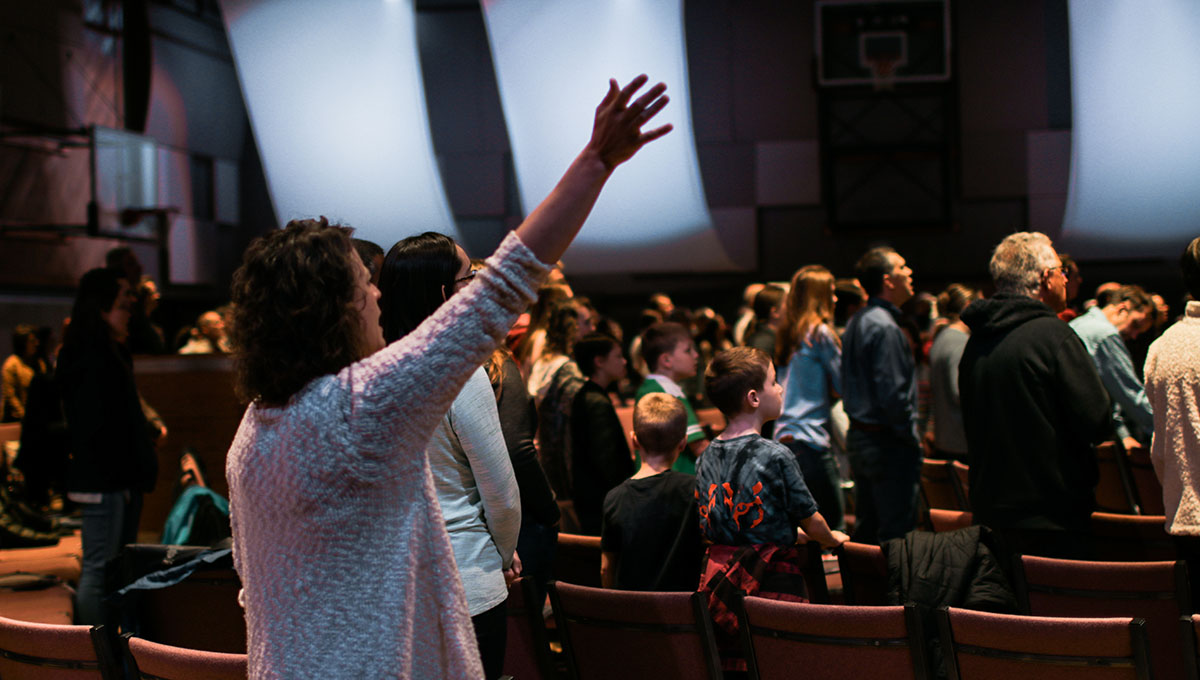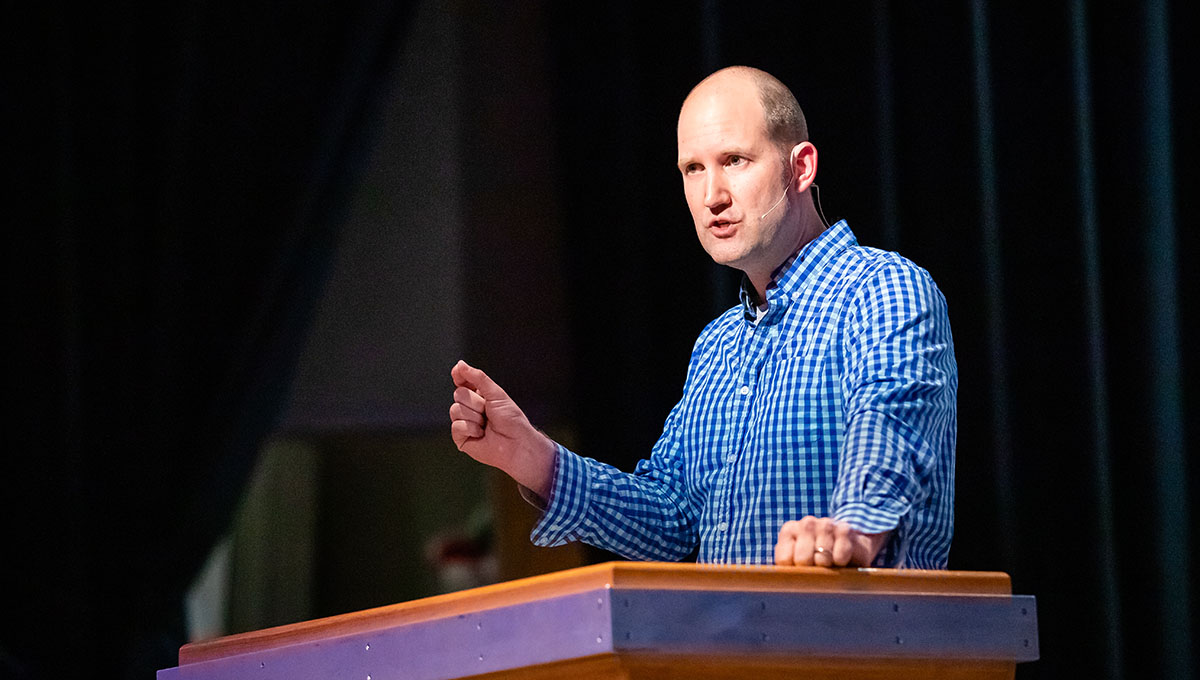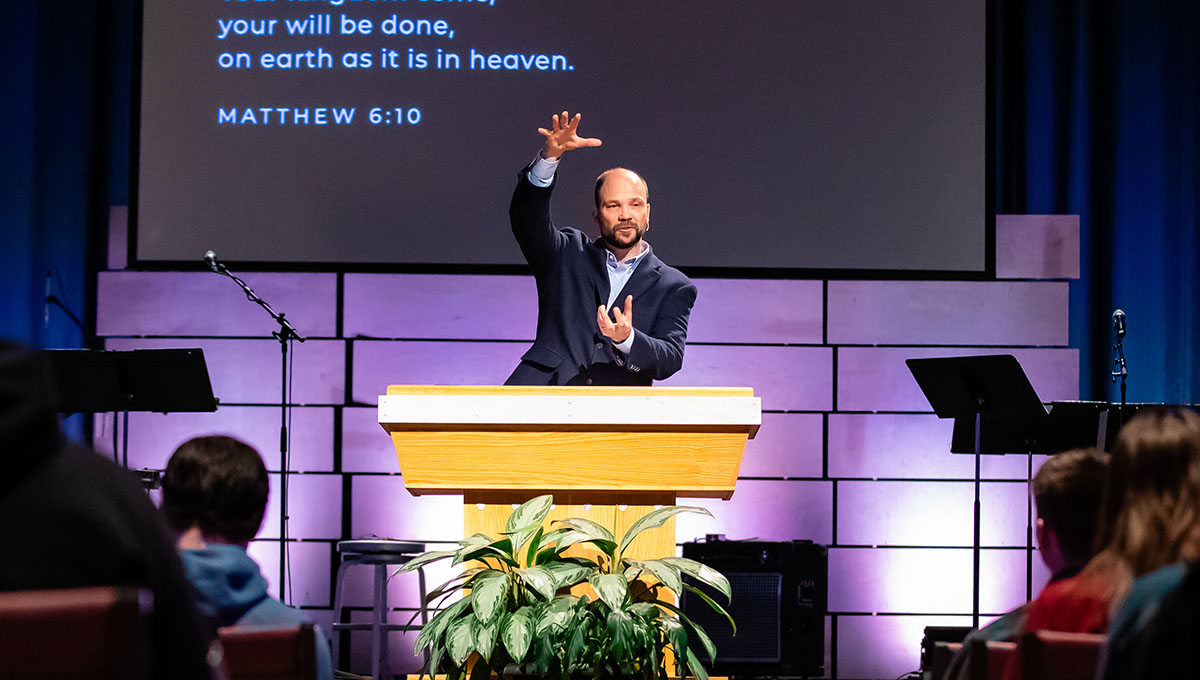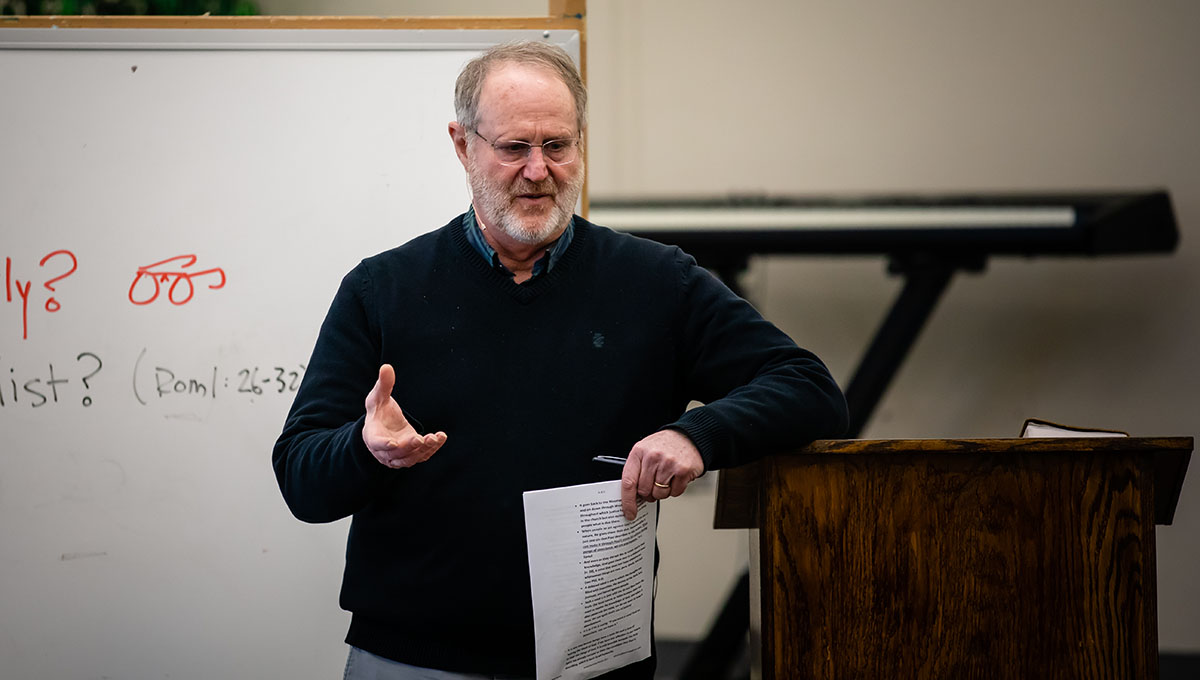Dark Times
- Pete Johnson

“The light shines in the darkness, and the darkness has not overcome it.”
John 1:5
Exodus 10:21-23 describes the 9th Plague: Darkness.
At face value, this 9th plague appears to be minor compared to the other plagues, which brought about physical discomfort, the destruction of plants and crops, and the death of humans, and animals.
So what? It was dark for three days.
How do three days of darkness compel Pharaoh to come to the place where he is almost completely on board with allowing Israel to be freed from captivity?
No life is lost, not even an animal, no crops are destroyed, why is this such a significant “plague”?
What kind of statement was this?
In the study of ancient cultures and religions, the concept of darkness and chaos often emerges as a pivotal theme. Particularly, in the context of ancient Egypt, the perception of darkness held significant religious and cultural significance.
The biblical account of the Israelites’ experience in Exodus with darkness presents a striking contrast to the Egyptian perspective. In the book of Exodus, the ninth plague brought upon Egypt was three days of impenetrable darkness. This darkness was described as “a darkness to be felt,” a phrase laden with profound implications. Unlike the natural darkness of night, this darkness was suffocating, preventing people from seeing one another or “rising from their places” for the entire duration.
In the Egyptian religious framework, darkness and chaos were fundamental elements that predated creation. According to various Egyptian creation myths, chaos, and watery darkness existed before the ordered world emerged. These myths often depicted the deity Ra dispelling the darkness and chaos, signifying the triumph of light and order over the primordial elements of disorder and obscurity- chaos.
Moreover, Egyptian culture embraced the deity called Apophis (or Apep), depicted as a giant serpent who embodied chaos and served as the antithesis to light and order. In ancient Egyptian religion, the battle between Ra, the sun god, and Apophis (Apep) in the netherworld represented the struggle between order and chaos. The days of darkness brought about by the 9th plague would have been apocalyptic and terrifying for the Egyptians, symbolizing the death of Ra, the end of order (maat), and the triumph of chaos, thus the end of the world.
The significance of this plague lies not only in its immediate effects but in its profound theological and cultural ramifications. It was an assertion of Yahweh’s supremacy over the Egyptian religious and cosmic framework and instilled a sense of dread and uncertainty of the future.
On the contrary, the Israelites viewed this darkness as a demonstration of the ultimate power of Yahweh over the Egyptian deities, even Pharaoh himself. Despite the land being covered in darkness, the Israelites had “light in their dwellings,” symbolizing Yahweh’s protection, guidance, and his distinction between His chosen people and the Egyptians, even in ultimate chaos.
The contrast between the Egyptian perception of darkness as a symbol of chaos and the Israelite experience of darkness as a manifestation of divine intervention is emblematic of the broader theme of light and hope for believers. The Gospel of John summarizes this theme with the proclamation, “The light shines in the darkness, and the darkness has not overcome it” (John 1:5). This serves as a powerful metaphor for Christians today. Even in the darkest of times, followers of Christ have hope and light. Christ is the light of the world, bringing comfort and eternal hope to those who believe in Him. No matter how depressively dark the world in which we live, no matter the dark circumstances we face, the light of Christ shines bright, offering hope and salvation to all who seek it.










